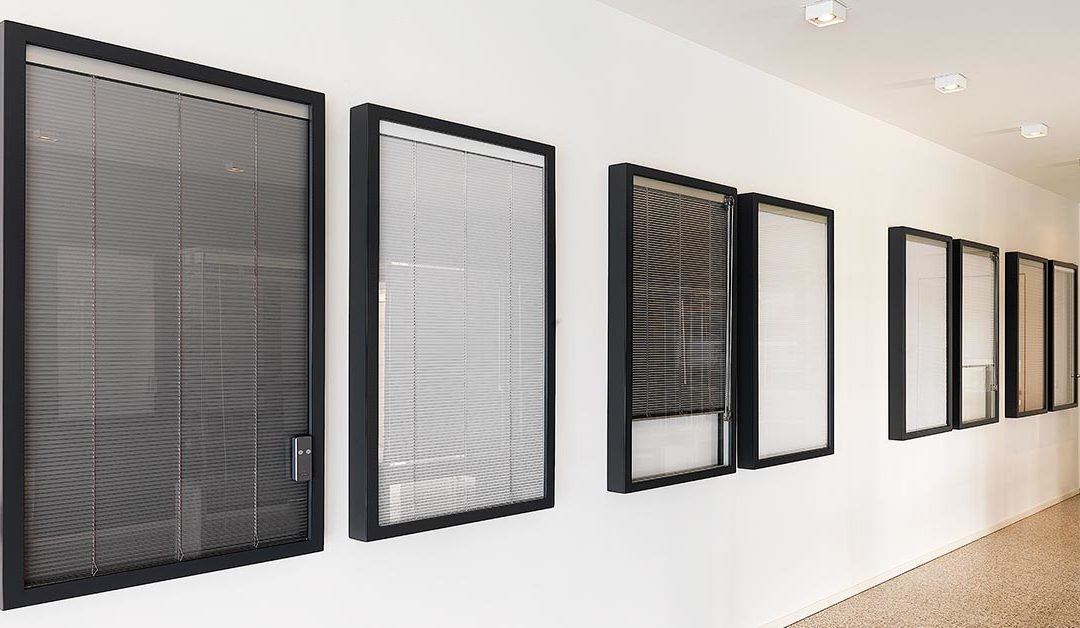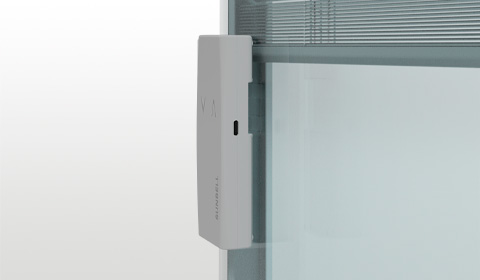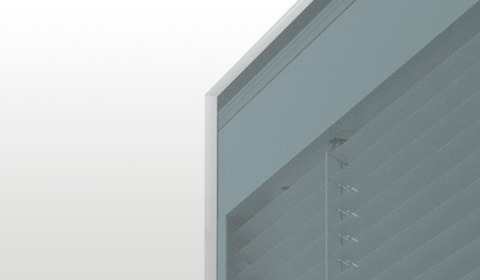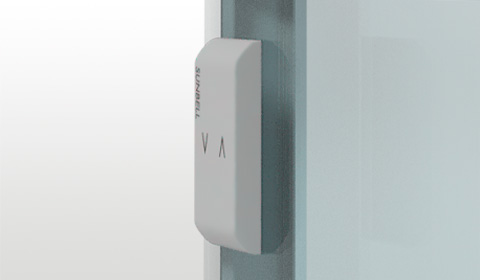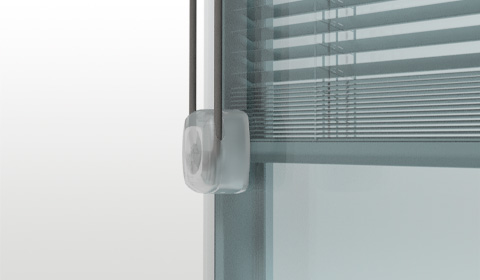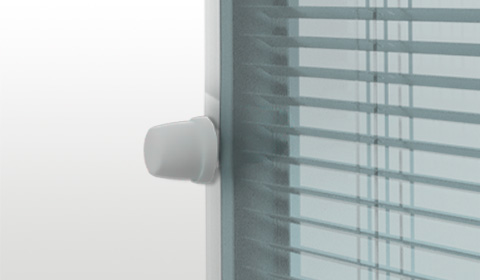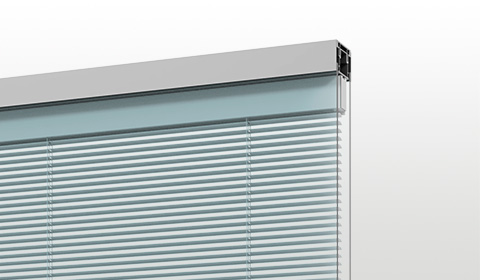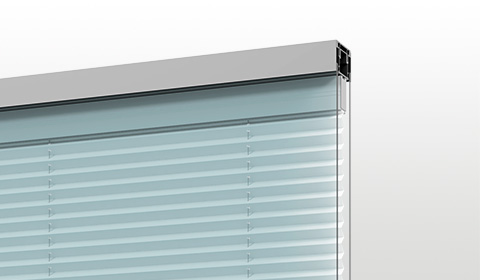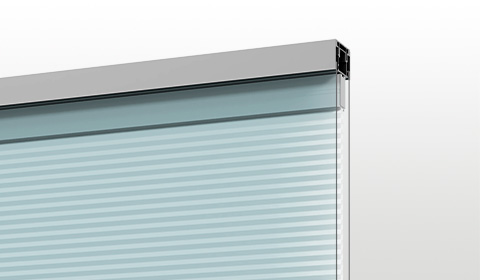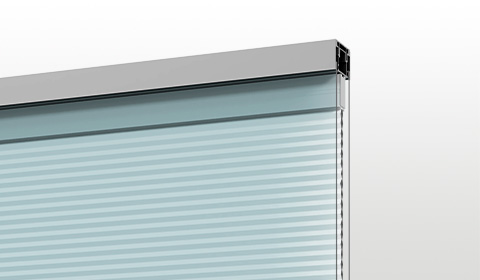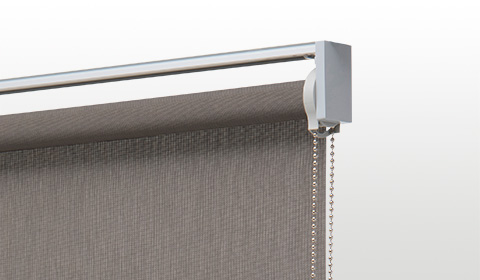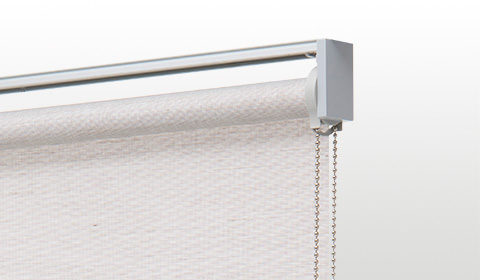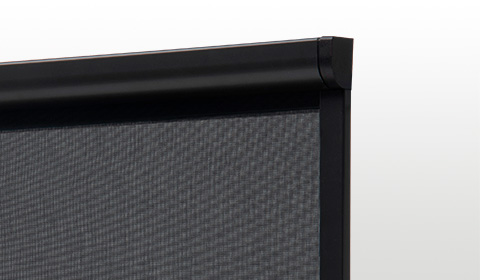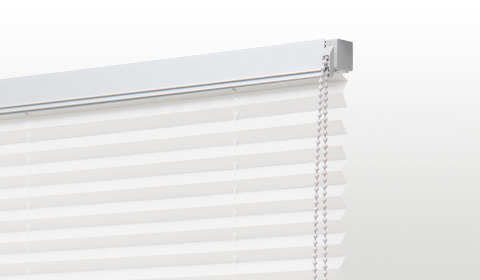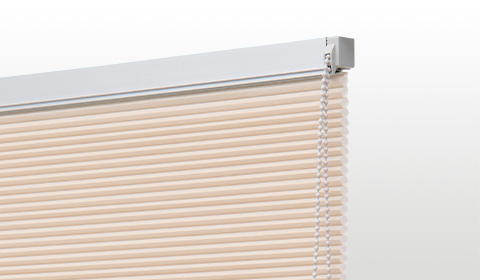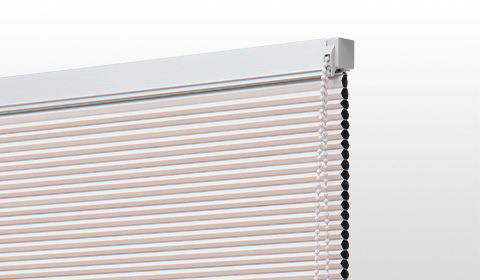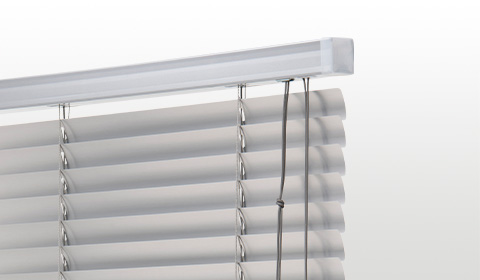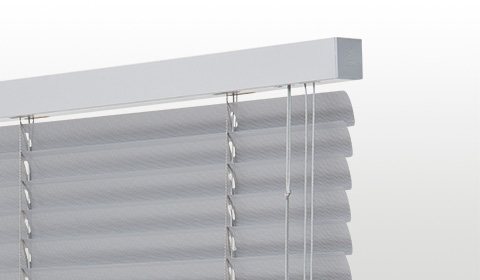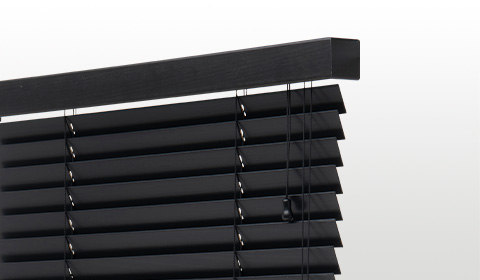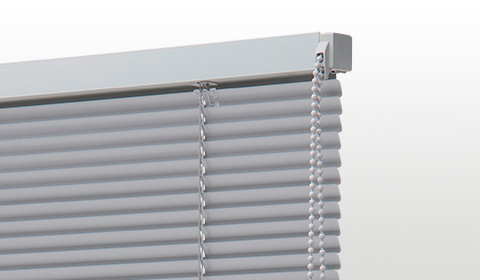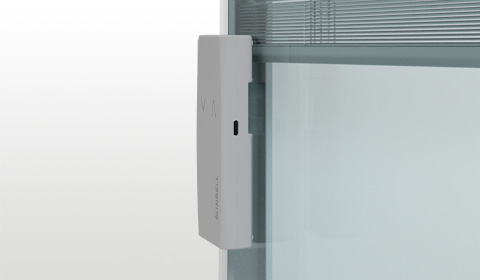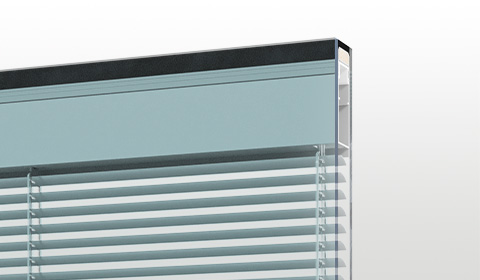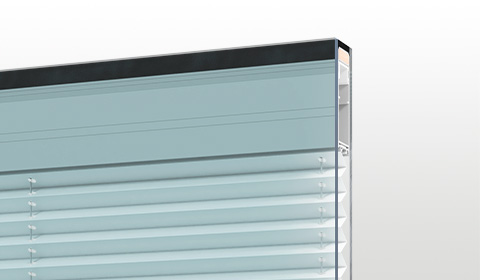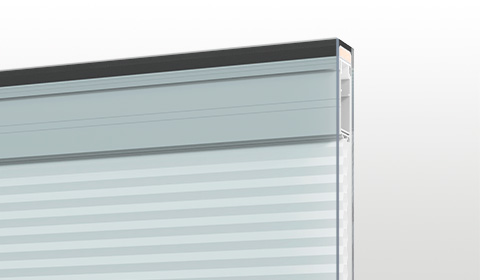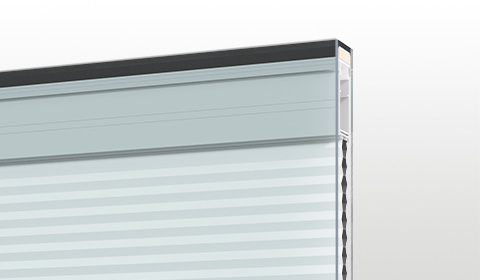Your choice of double glazing will have a significant impact on several things such as safety, privacy, energy efficiency and brightness – which, by the way, can be best managed by internal blinds. But it can be hard to understand all the different options available.
When we buy something, we usually just prefer to trust qualified professionals who explain to us in simple terms the difference between all these options, improve our knowledge, and help us choose the best double glazing option for our windows.
However, if you speak to a professional with a basic understanding yourself, you will have a better idea of what your chosen product’s technical specification actually means.
That’s why in this article we would like to offer you some useful tips on choosing your new double glazing.
What is double glazing?
Double glazing is made up of two or more glass panes, designed to be only a few millimetres apart, and each between 6 and 22 mm thick.
The space between the panes is usually called the ‘cavity’ and it is often filled with a noble gas such as argon or krypton to improve the window’s insulation.
Double glazing can significantly improve thermal and acoustic insulation, as well as the resistance of the glass.
Double glazing is usually sealed using specific glues and installed inside aluminium, PVC, or wooden frames.
Choosing your double glazing: glass thickness and distance between panes
While noble gases improve a double glazed window’s energy efficiency, this is not the only crucial element.
It is, in fact, possible to increase the distance between the two or more panes of glass to make the window even more effective when it comes to insulation.
Another option involves increasing the width of the glass panes. The standard design adopts a 4-9-4 proportion, meaning that the glass has a width of 4 mm while the cavity is 9 mm wide.
That said, many other solutions are used depending on the specific use, the type of windows, and ultimate objectives in terms of safety, and thermal and acoustic insulation.
What are the most common types of double glazing?
When choosing double glazing, it’s important to think about its structure and design. Let’s take a look at some of the most popular solutions currently available on the market.
Single cavity: 5+20+4 mm
A 5 mm glass pane, a 20 mm cavity and another 4 mm glass pane.
Soundproof double glazing for windows: 4/4+15+4
Two 4 mm glass panes sandwiched together, a 15 mm cavity and another 4 mm glass pane.
Safety double glazing: 3/3+18+3/3
Two 3 mm glass panes sandwiched together, a 15 mm cavity and two more 3 mm glass panes sandwiched together.
Soundproof double glazing for French windows: 4/4+15+3/3
Two 4 mm glass panes sandwiched together, a 15 mm cavity and two more 3 mm glass panes sandwiched together.
Anti-vandal double glazing: 5/5.4+15+4
Two glass panes sandwiched together, one 5 mm and another 5.4 mm, a 15 mm cavity and another 4 mm sheet.
Triple double glazing for windows: 4+15+4+15+4
This solution is basically a ‘double double glazing’: a 4 mm glass pane, a 15 mm cavity, a 4 mm glass pane, another 15 mm cavity and a final 4 mm glass pane.
Anti-vandal double glazing for French doors: 5/5.4+15+3/3
Two glass panes, one 5 mm and another 5.4 mm, sandwiched together, a 15 mm cavity and two more 3 mm glass panes sandwiched together.
Triple double glazing for French windows: 3/3+12+4+12+3/3
This solution is basically a ‘double double glazing’: two 3 mm glass panes sandwiched together, a 12 mm cavity, another 4 mm glass pane, a second 12 mm cavity and two more 3 mm glass panes sandwiched together.
These solutions are some of the most widely available on the market, but other designs are available depending on your individual needs.
Choosing your double glazing: solar factor, selective glass and low-emissivity glass
We now know that using double glazing can improve a home’s thermal insulation and we also know how this ability can be affected by the width of the glass panes and the cavities of the double glazing.
Another important element to consider is the type of glass chosen to construct the double glazing.
The most commonly used and popular glass is ‘float glass’.
But when it comes to double glazing, it is better to use a selective or low-emissivity glass, as they are more effective due to the Solar Factor or G-Value.
Solar Factor
What is the solar factor (or G-Value)? This is the definition from Wikipedia:
“The coefficient commonly used in Europe to measure the solar energy transmittance of windows […] A g-value of 1.0 represents full transmittance of all solar radiation while 0.0 represents a window with no solar energy transmittance.”
What does this mean?
When sunlight hits the glass of a window, it produces heat which is then transferred to the inside.
The lower the g-value, the better the glass window’s thermal insulation.
Of course, the choice of glass and its solar factor will also depend on your geographical location – a house in southern Italy and a home in London would have different needs, which would then require different types of glass.
Selective Glass
Selective glass allows sunlight to pass through the glass but blocks the infrared light which is responsible for heat transfer.
Selective glass is made with magnetronic glass. Magnetronic describes the coating technique in which silver oxide is applied to a glass sheet. This glass sheet reflects a high percentage of the heat coming from sunlight and acts as low-emissivity glass during the winter.
This type of glass is especially useful in warm countries or during the summer when preventing heat transfer into the home is essential.
But what about winter? How can you prevent heat from escaping?
This is where low-emissivity glass comes into play.
Low-emissivity Glass
While selective glass stops, at least partially, the transfer of infrared light and heat to the inside, low-emissivity glass has the opposite effect – it stops the heat from inside your home escaping outside.
The difference between selective glass and low-emissivity glass is the different chemical process used to apply the silver oxide to the glass.
Choosing your double glazing: conclusion
Choosing the right double glazing is not easy as many factors need to be considered – from the composition of double glazing to the type of glass and, of course, your own specific needs and the characteristics of the space.
As a general rule for residential use, however, we would suggest that you choose a solution with two or three layers of glazing, with a noble gas in the cavity, selective glass on the outside and low-emissivity glass on the inside.
To achieve an even more aesthetically pleasing result and manage incoming levels of light more efficiently, you could also choose internal blinds.
Seeking the advice of a qualified professional is always recommended for specific requirements.

